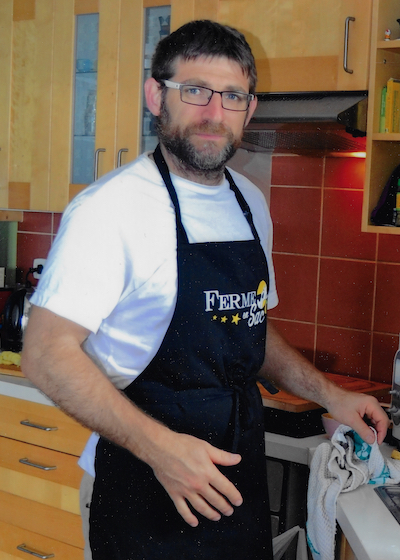Vinification and ageing
Vinification
Vinifying means giving a wine its character
Once picked, the grapes are gently pressed in a pneumatic press.
The next day, the wine is placed in a temperature-controlled fermentation tank (around 22°C) to encourage the development of the yeasts, which come mainly from the grapes. It may be yeasted to speed up the process.
Each vat is then changed according to the desired balance between alcohol, liqueur and acidity.
The wine is sent to a settling vat (10°-12°) to eliminate the heaviest parts and clarify it for the first time.
The wines are then tasted and blended.
At the beginning of winter, the wine is fined to clarify it a second time.
The ageing period can vary from 1 to 2 years.
Glossary
Settling: separating wine residues from must (clear juice).
Residues: solid particles from the berries, skins and pips that are suspended in the wine must.
Yeast: microorganisms that turn sugar into alcohol during the fermentation process.
Yeasting: yeasts are added into the wine must in order to trigger fermentation.
Fermentation: process where yeast turns sugar into alcohol.
Muting: process that stops the fermentation of a wine. A sulphurous solution is added in order to maintain the required balance between the alcohol level and residual sugars.
Finings: coagulant substances such as Bentonite (a type of clay that stabilizes wine proteins) are used to improve clarity near completion of the wine ageing process.
Ageing
Our know-how has been passed on over generations
The wines of Sauternes are alive. They mature and change over time.
When young, our wines are light and sharp with citrus and flower flavours.
Thanks to our unique harvesting methods, these sharp aromas soon vanish and make way for the deep and complex flavours so typical of our wines.
Vintage wines
Botrytis cinerea or “noble rot” generates a vast array of aromas and flavours very typical of Sauternes wines.
Sauternes is a subtle wine that asserts its character with time.
Young Sauternes develops floral, white fruit and often exotic fruit aromas. Over the years, these aromas develop into candied notes. This evolution can take place over several decades, and tasting it is a pleasure that is constantly renewed.
Sauternes is a wine for laying down, and it is not uncommon for certain vintages to become a hundred years old…
Homage to Stéphane Rébérat
